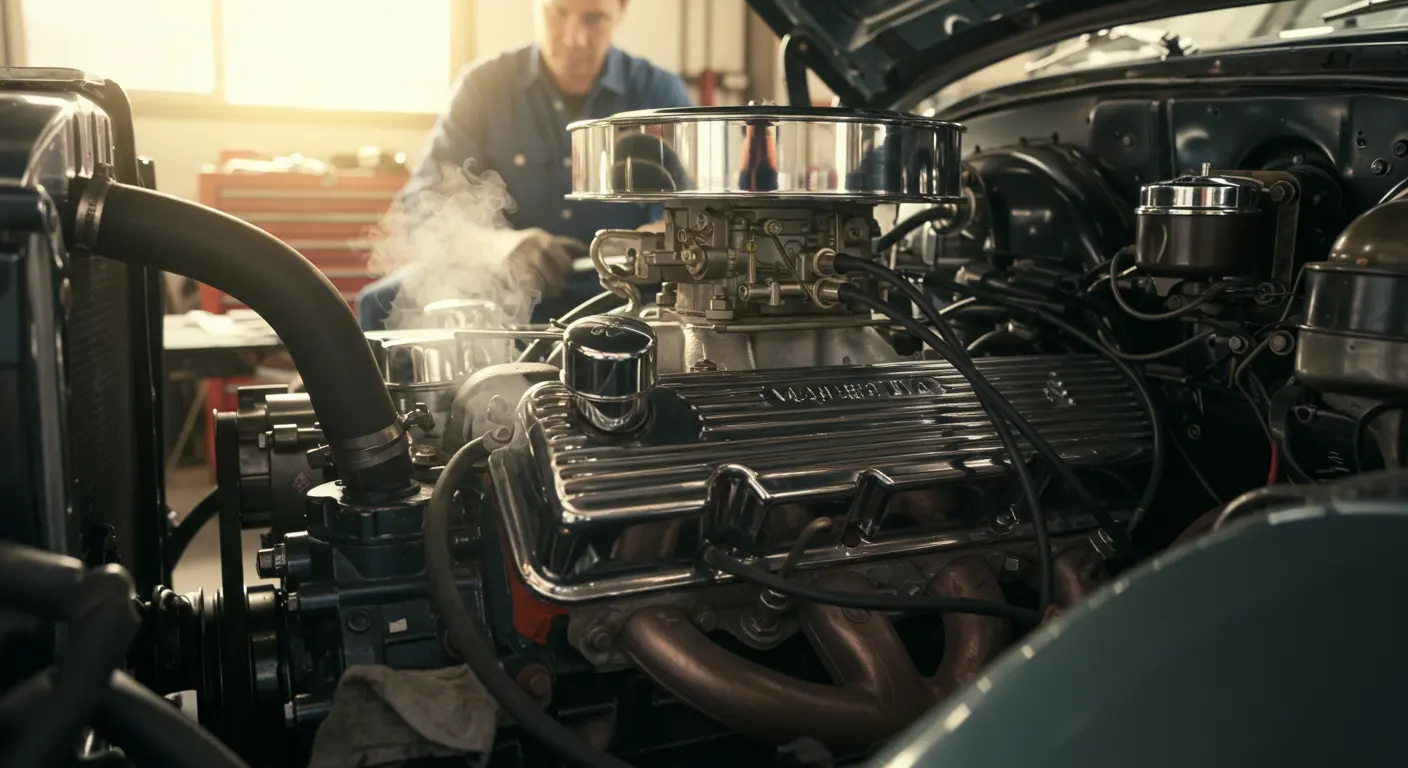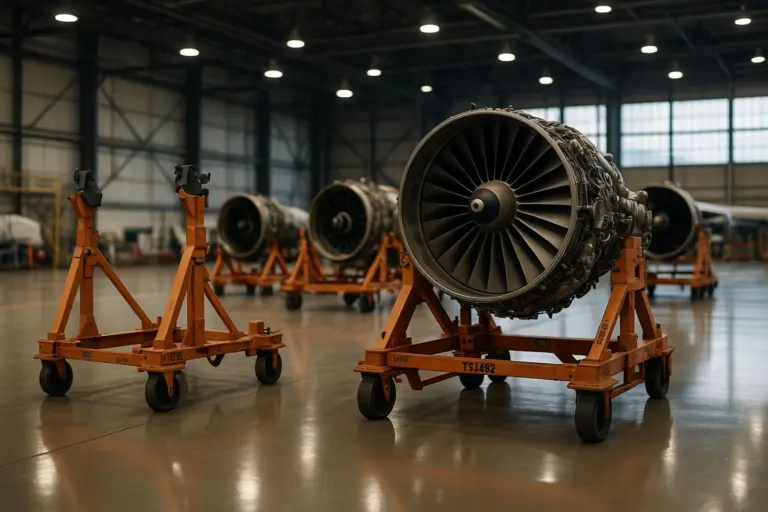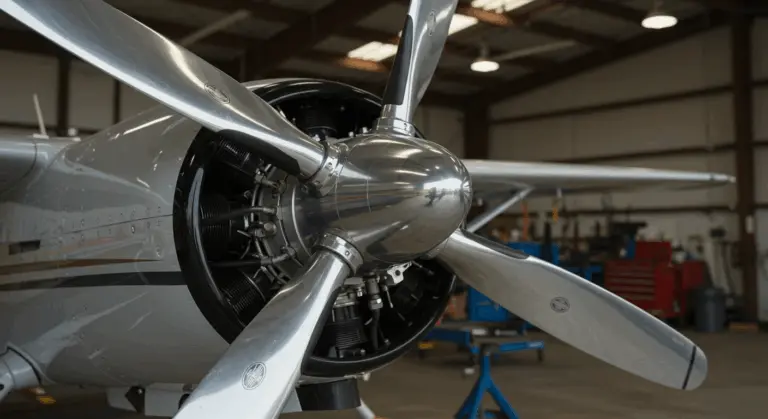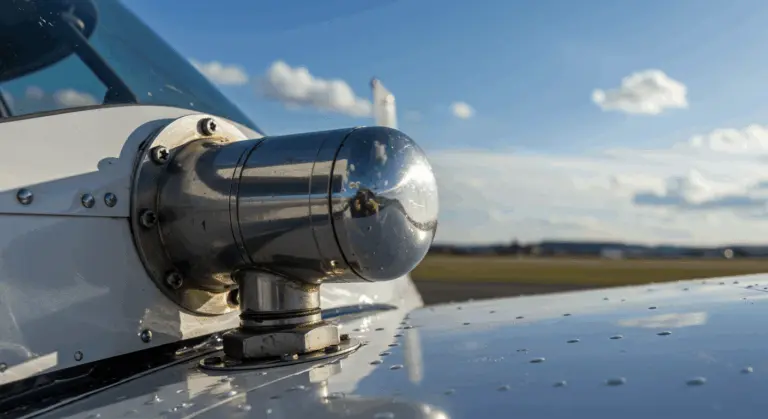What is Vapor Lock? Causes, Symptoms, and Solutions
What is Vapor Lock?
Vapor lock strikes when liquid fuel transforms prematurely into vapor within the fuel delivery system. These troublesome vapor bubbles disrupt the fuel pump’s operation, choking off fuel flow and starving the carburetor or fuel injection system of the pressure it requires.
This disruption creates a dangerously lean air-fuel mixture—too much air, not enough fuel—that can harm engine performance by disrupting the fuel delivery system’s balance.
This condition mainly affects gasoline-powered vehicles and affects carburetor engines most frequently, though fuel-injected systems can also experience vapor lock under certain conditions. The fallout ranges from subtle performance hiccups to complete engine shutdown, making vapor lock a significant concern for vehicle owners, especially those with older or high-performance vehicles.
Common Causes of Vapor Lock
Several culprits typically conspire to create vapor lock conditions:
What are the Symptoms of Vapor Lock?
Identifying vapor lock symptoms helps with proper diagnosis. When vapor lock occurs, vapor lock creates performance issues that can easily masquerade as other mechanical problems.
Stalling and Hard Starting
Engine stalling from fuel starvation tops the list of symptoms, as vapor bubbles block the fuel lines. The engine then becomes stubborn—difficult or impossible to restart until it cools down enough for the vapor to condense back into liquid.
Misfiring and Rough Running
Before complete stalling, the engine often sputters and runs roughly. This inconsistent fuel supply causes a lean air-fuel mixture, leading to hesitation, jerking, uneven idle, and reduced power that worsens with heat.
Poor Acceleration and Hesitation
Vapor lock severely impacts acceleration. Instead of smooth, responsive power, you’ll encounter frustrating hesitation and sluggishness. The engine can’t get enough fuel to meet power demands—a potentially dangerous scenario when quick acceleration becomes critical.
How Do You Fix a Vapor Lock?
When vapor lock leaves you stranded, the immediate goal is to cool the fuel system until the vapor condenses back into liquid. Try these approaches:
-
Let it Cool Naturally: Park the vehicle (preferably in the shade) and open the hood to let trapped heat escape from the engine bay.
-
Use a Starting Technique: While cranking the engine, press the accelerator slightly. This can help pull fuel past the vapor bubbles. Hold the pedal slightly after it starts until it runs smoothly.
-
Apply Active Cooling: For a faster fix, carefully pour cool water over the fuel pump and lines or wrap them with a cold, wet rag. Be sure to avoid all electrical components.
If you experience vapor lock frequently, consider the permanent solutions below to address the root cause.
Preventing Vapor Lock
Prevention is more effective than repairs when dealing with vapor lock. Consider these long-term solutions:
-
Insulate and Reroute Fuel Lines: Move fuel lines away from heat sources like exhaust manifolds and use heat shields or insulating wrap for extra protection.
-
Upgrade the Fuel System: Install an electric fuel pump near the tank, as it pushes fuel more effectively than a mechanical pump pulls it. A fuel return system also helps by circulating fuel to keep it cooler.
-
Install Performance Components: For high-performance applications, consider larger-diameter fuel lines to reduce turbulence, a dedicated fuel cooler, or a vapor separator to manage pressure.
-
Adjust Operating Habits: When parking a hot car, face it into the wind to aid cooling. At high altitudes, using fuel with a higher octane rating can help, as it may have a higher boiling point.
-
Ensure Proper Maintenance: Regularly clean fuel filters and ensure the fuel pump is in good condition to maintain optimal fuel pressure and flow.
These measures can significantly reduce vapor lock risk, ensuring more dependable vehicle performance—especially crucial in scorching weather or with modified engines that run hotter than stock.







